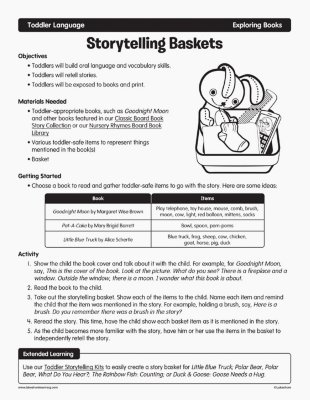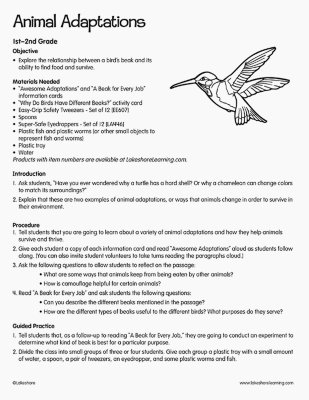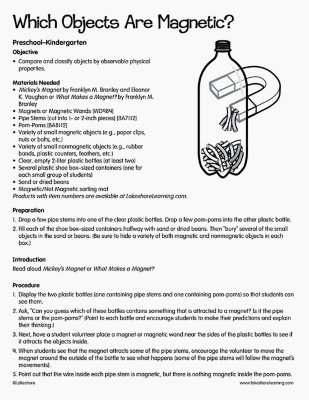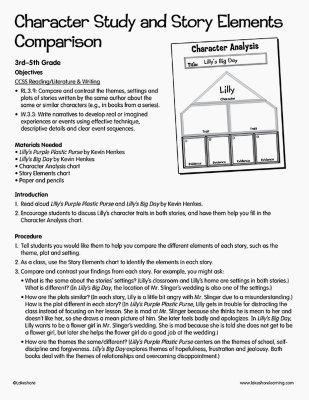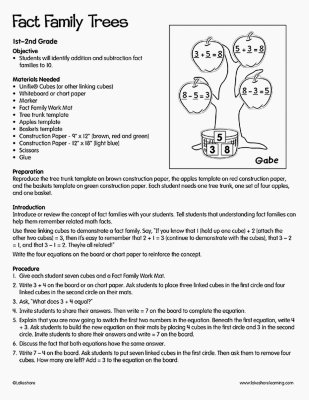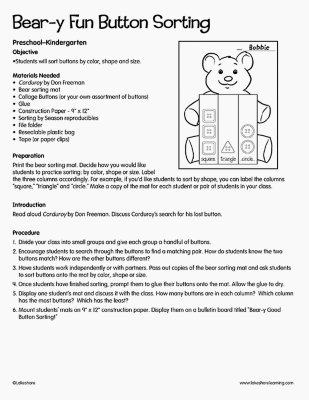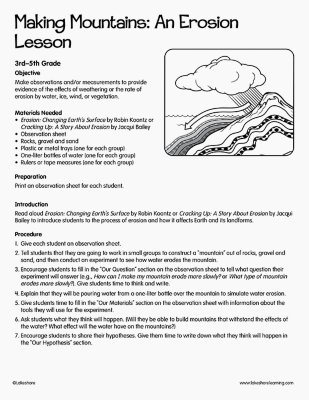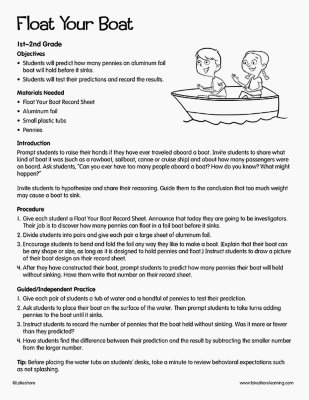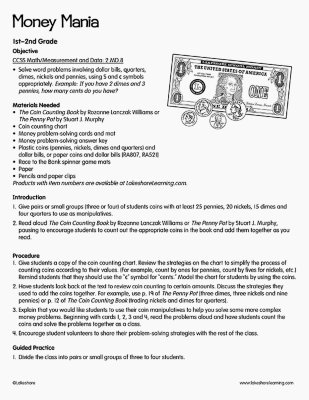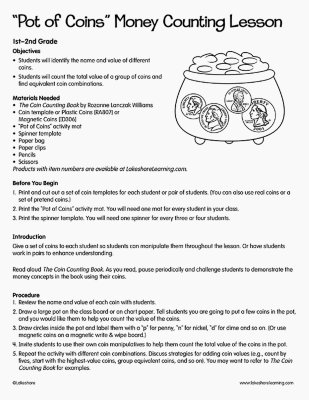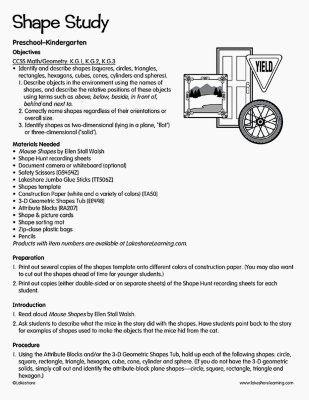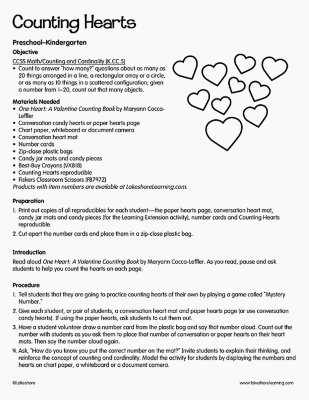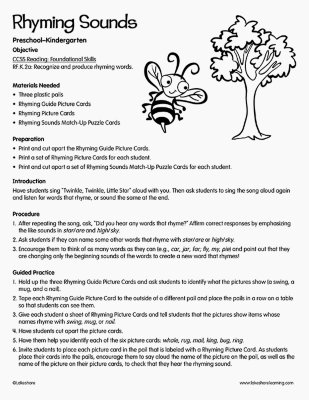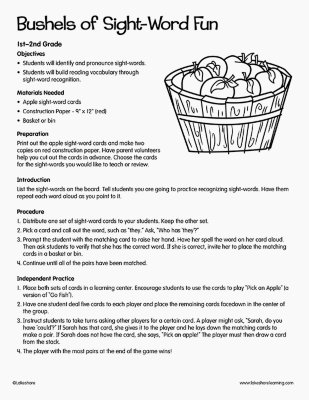Narrow by Grade
Grade
15 results for "plastic baskets"
Objectives
• Toddlers will build oral language and vocabulary skills.
• Toddlers will retell stories.
• Toddlers will be exposed to books and print.
Objective CCSS Reading: Foundational Skills RF.K.2a: Recognize and produce rhyming words. Materials Needed Three plastic pails Rhyming Guide Picture Cards Rhyming Picture Cards Rhyming Sounds Match-Up Puzzle Cards Introduction Have students sing “Twinkle, Twinkle, Little Star” aloud with you. Then ask students to sing the song aloud again and listen for words that rhyme, or sound the same at the end.
View Lesson PlanObjectives Recognizing and reading grade-appropriate irregularly spelled words Decoding regularly spelled one-syllable words Materials Needed Apple sight-word cards Construction Paper - 9" x 12" (red) Basket or bin Scissors Introduction List the sight-words on the board. Tell students you are going to practice recognizing sight-words. Have them repeat each word aloud as you point to it.
View Lesson Plan